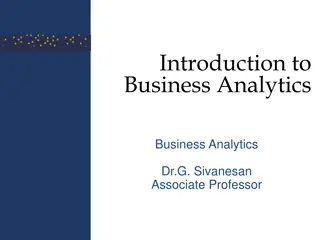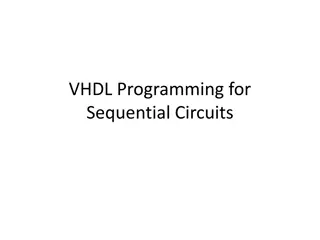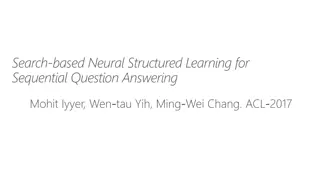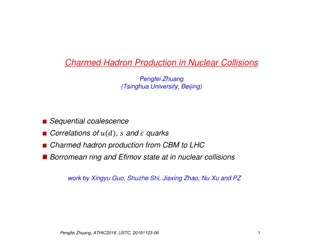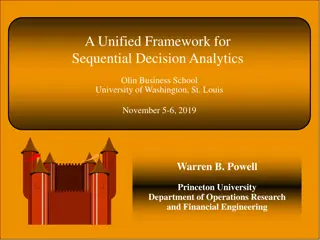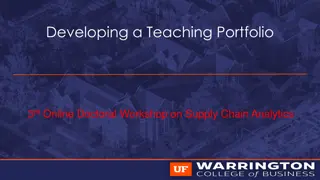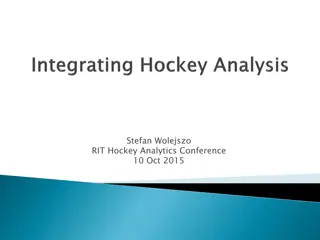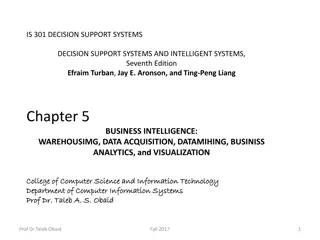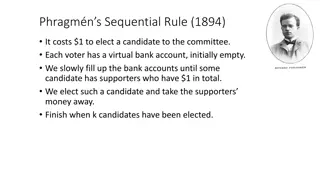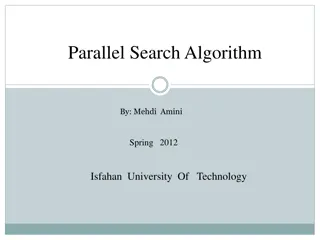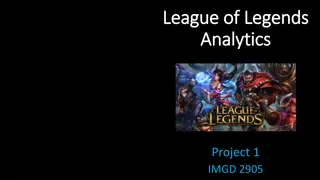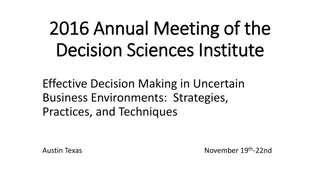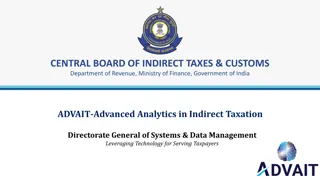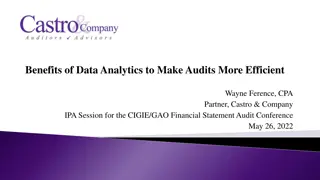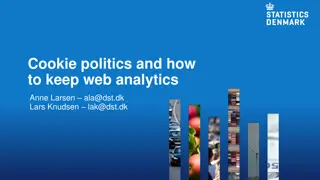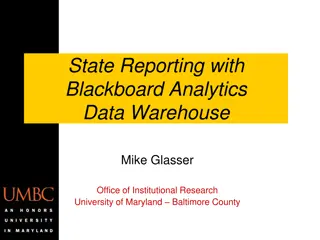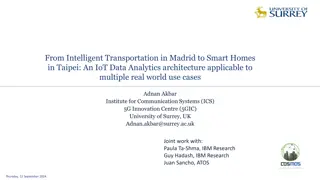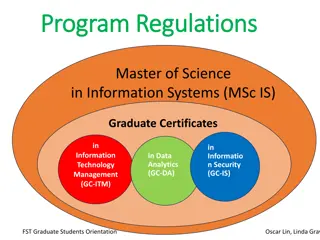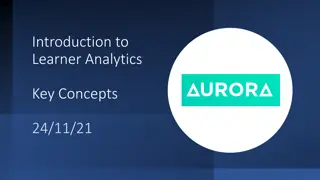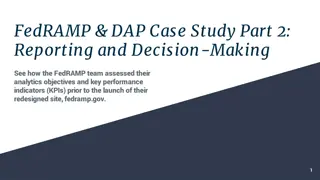Sequential Decision Analytics Framework Overview
This content discusses a unified framework for sequential decision analytics presented at Olin Business School, University of Washington. Topics include guidelines for choosing policies, policy function approximations, cost function approximations, value function approximations, and direct lookahead approximations. It highlights the importance of different approximations and models in decision-making processes. The discussion emphasizes the need for a structured approach in policy selection and provides insights into various decision-making strategies.
Download Presentation

Please find below an Image/Link to download the presentation.
The content on the website is provided AS IS for your information and personal use only. It may not be sold, licensed, or shared on other websites without obtaining consent from the author. Download presentation by click this link. If you encounter any issues during the download, it is possible that the publisher has removed the file from their server.
E N D
Presentation Transcript
A Unified Framework for Sequential Decision Analytics Olin Business School University of Washington, St. Louis November 5-6, 2019 Warren B. Powell Princeton University Department of Operations Research and Financial Engineering
Guidelines for choosing policies From the real-world to the model
Choosing a policy Robust cost function approximation Lookahead policy Policy function approximation Policy based on value function approximation Slide 3
Choosing a policy Policy function approximations PFAs are best for low- dimensional problems where the structure of the policy is apparent from the problem. Potential architectures: Lookup table rules (this was AI in the 1970 s) Linear models? Nonlinear models? Neural networks? Slide 4
Choosing a policy Cost function approximations CFAs work for both low-and high-dimensional problems, where we again have strong intuition of how uncertainty would affect the solution. ( ) = ( ) argmin X c x t x tdl l tdl d l Parameterizations: Schedule slack? Buffer stock? Parameterized forecasts? Slide 5
Choosing a policy Value function approximations VFAs work best when the lookahead model is easy to approximate The issue is not dimensionality it is structure. Can you approximate this as a function??? T t = + * t ( ) S argmax ( , ) t C S x E max E ( , ( ))| | , X C S X S S S x + ' ' ' 1 t x t t t t t t t = + t ' 1 t ???(???) Slide 6
Choosing a policy Direct lookahead approximations Direct lookahead models should be used only when all else fails (which is often). DLAs are important when decisions now depend on future plans and forecasts. Question: How are you going to compute downstream costs? Deterministic? Scenario trees? Simulating a parametric policy? MCTS? ?+? ?( ??? , ??? ?( ??? |?))| ??,?+1 |??,?? ?(??,??) + ? ? ?????(??|?) = argmax?? ? =?+1 Slide 7
Choosing a policy Don t forget about hybrids: Parameterized policies Parameterized myopic policies Parameterized lookaheads Lookahead plus VFA May help to shorten the horizon Hybrid PFA with anything PFAs allow you to specify the decision you want, but the logic may not be very sophisticated. CFAs, VFAs and lookaheads introduced more sophisticated behaviors. VFA plus tuning Fit the VFA, then tune the VFA so it works better.
Choosing a policy My notes: Model first, then design policies. Think seriously about at least one policy from the policy search class, and one from the lookahead class. The research community tends to prefer the lookahead class. Practitioners prefer the policy search class they are simpler and make it easier to exploit domain knowledge. Don t ignore domain knowledge!The more sophisticated policies may underperform these simpler methods. But remember The price of simplicity is tunable parameters!
Modeling sequential decision problems Then design your policies: PFA? Exploit obvious problem structure. First build your model Objective function T E = ( ) t min , ( ) S C S X t t t 0 t CFA? Can you tune a deterministic approximation to make it work better? Policy X : X S Constraints at time t VFA? Can you approximate the value of being in a downstream state? = X ( ) S x X t t t t Lookahead? Do you have a forecast? What is the nature of the uncertainty? Transition function S S + = ( ) M , , S x W + 1 1 t t t t Exogenous information ( , ,..., W W Hybrid? ) W 1 2 T Slide 11




